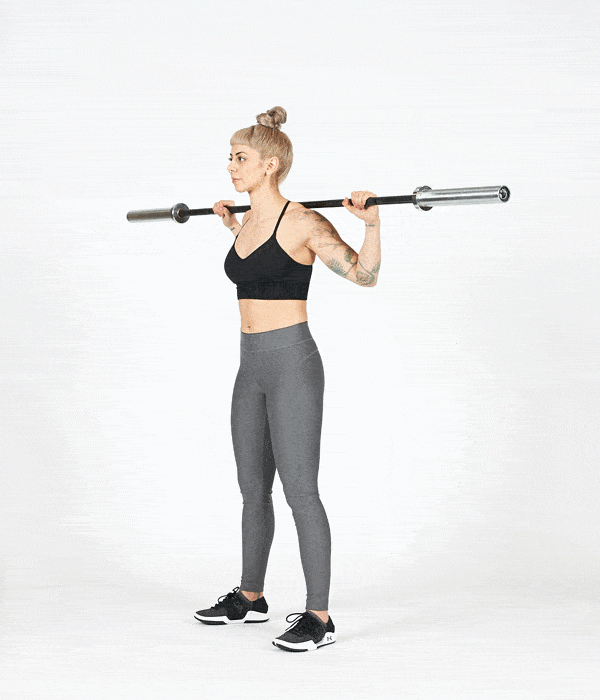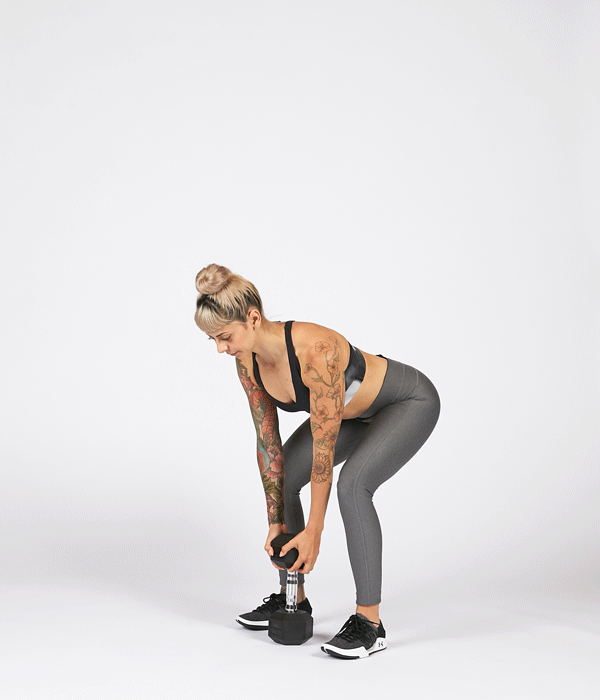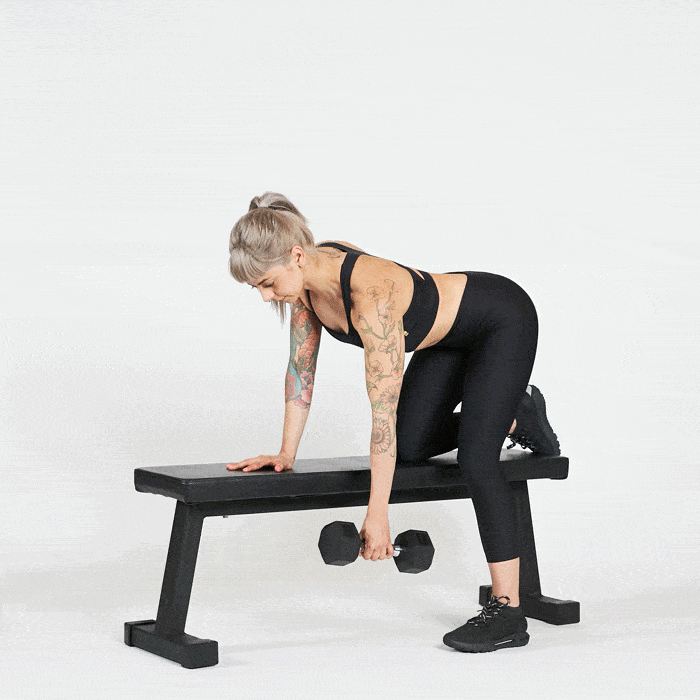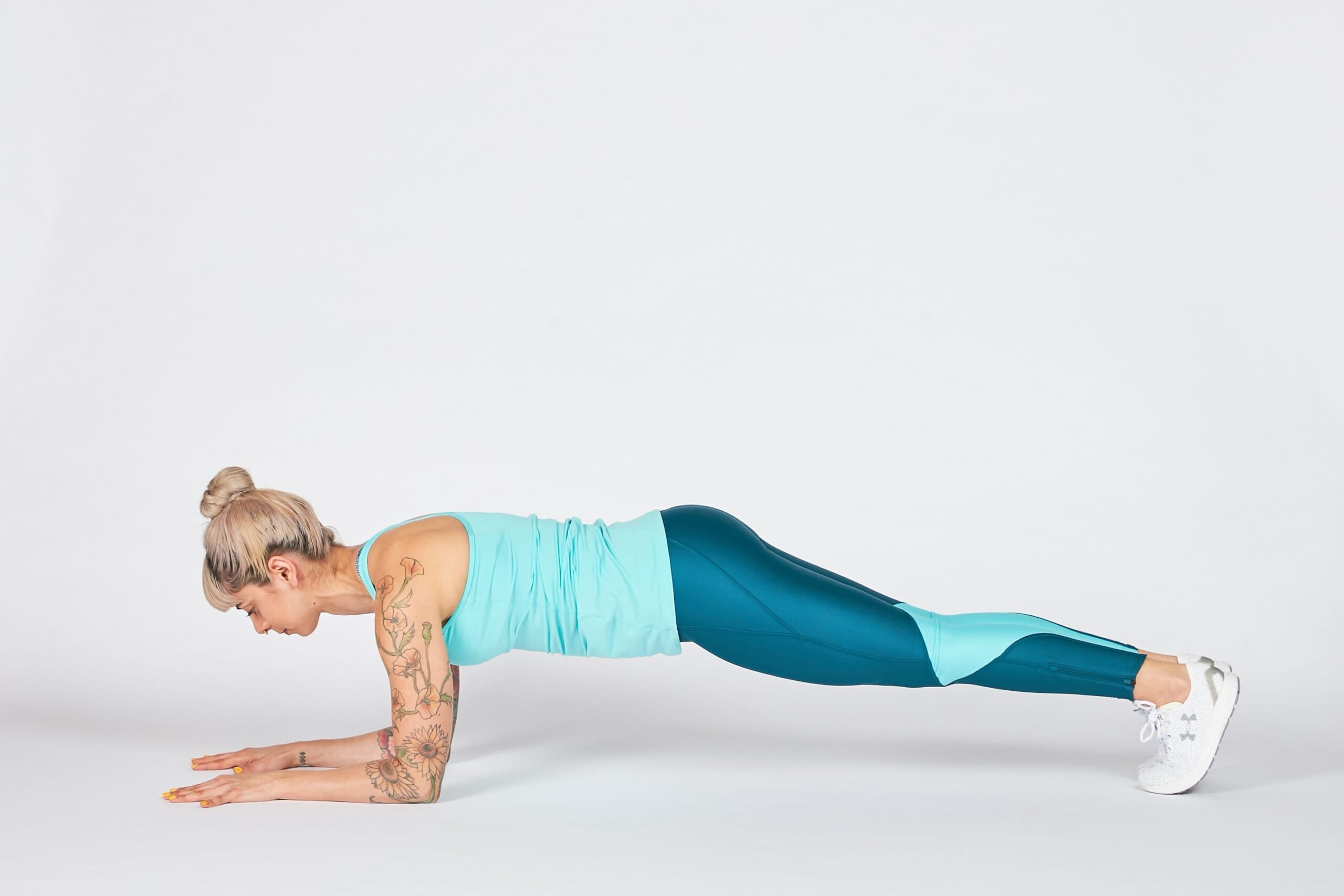Getting strong and building muscle takes patience. In fact, anything worthwhile takes time. As the cliche goes, Rome wasn’t built in a day. But, if strength and muscle tone are your priorities, you can try to fast track your results with the rest-pause method.
PROGRESSIVE OVERLOAD: THE KEY TO GETTING BIGGER AND STRONGER
Before performing the rest-pause method, it’s important to understand progressive overload, which is the golden rule for getting stronger and building muscle. Progressive overload simply means gradually doing more work over time. Examples include:
- Increasing the weight you lifted
- Lifting the same weight but for more sets and reps
- Lifting the same weight with better form
- Performing the same amount of work in less time
- Performing a more difficult exercise
- Adding an extra workout during the week
These are just a few examples of progressive overload, and if you focus on these, you will get stronger.
THE ANATOMY OF A TYPICAL SET
A typical set during a strength workout might look something like this:
- Perform 8–10 reps
- Rest 60–90 seconds
- Repeat for 3–4 sets
- Move on to the next exercise
This works for most people. However, if the weight you’re using is too light, the rep range too low for the chosen weight or the rest period too long, you won’t get the results you’re looking for.
REST-PAUSE: WORK, REST, RINSE AND REPEAT
The rest-pause method focuses on performing more reps and getting more work done in less time. It assures the weight, rep range and rest period are optimized so you get stronger in less time.
Basically, the rest-pause method is three sets in one, with mini-breaks in between. Here’s what a rest-pause set looks like:
- Perform as many reps as possible, stopping 1 rep shy of failure
- Rest 20 seconds
- Perform as many reps as possible again, stopping 1 rep shy of failure
- Rest 20 seconds
- Perform as many reps as possible, but this time don’t stop until you can’t complete the final attempted rep
Note: Make sure you use a spotter for rest-pause sets when performing exercises where failing a rep could be potentially dangerous, such as bench presses, squats, etc.
MECHANICAL VERSUS METABOLIC STRESS
There are two main ways muscles get stronger: mechanical stress and metabolic stress.
Mechanical stress is a fancy way of describing what muscles experience when lifting heavy weights. That intense grinding you see powerlifters do when squatting or bench pressing hundreds of pounds is mechanical stress.
Metabolic stress is that burning sensation your muscles feel toward the end of a high-rep set. The “pump” as it’s often called is simply blood rushing to the working muscles, which carries metabolic byproducts that tell your body, “Hey! We’re working really hard here, so you’d better build us up bigger and stronger so we can handle this workout better next time.”
The rest-pause method uses these two types of stress to enhance strength and muscle growth. Simply pick heavier weights (something you could lift 5–8 times in a single set) or lighter weights (something you could do 10–20 times in a single set) to elicit mechanical stress or metabolic stress, respectively.
Let’s use the bench press as an example of a rest-pause set targeting mechanical stress. In this case, you’d select a weight you think you could lift for about 5 reps. One set would look like this:
- Bench Press: 5 reps, stopping 1 rep shy of failure
- Rest 20 seconds
- Bench Press: 2 reps, stopping 1 rep shy of failure
- Rest 20 seconds
- Bench Press: 1 rep, failing on the second rep (your spotter helps you complete the rep)
Basically, you took a weight you could do for 5 reps, and snuck in 3 additional reps because of the 20-second breaks. These extra reps (Remember: progressive overload) go a long way toward making you stronger.
Now let’s use pushups as an example of a rest-pause set aiming for metabolic stress:
- Pushups: 10 reps, stopping 1 rep shy of failure
- Rest 20 seconds
- Pushups: 5 reps, stopping 1 rep shy of failure
- Rest 20 seconds
- Pushups: 3 reps, failing on the fourth rep
No doubt the extra 8 reps (you nearly doubled your original rep count) will have your chest, arms and shoulders burning. This extra metabolic stress leads to rapid muscle growth that’s tough to get with traditional sets and reps.
A SAMPLE REST-PAUSE WORKOUT
Here’s a sample workout using the rest-pause method to increase strength and build muscle. At just 1–2 sets per exercise, it’s about as time-efficient as you can get.

A. Squat or Leg Press: 2 rest-pause sets with a weight you can lift 5–8 times on the first round
- Rest 20 seconds between rounds and 90–120 seconds between sets

B. Bench Press or Shoulder Press: 2 rest-pause sets with a weight you can lift 5–8 times on the first round
- Rest 20 seconds between rounds and 90–120 seconds between sets

C. Deadlifts: 1 rest-pause set with a weight you can lift 10–20 times on the first round
- Rest 20 seconds between rounds

D. Dumbbell Rows or Lat Pulldowns: 1 rest-pause set with a weight you can lift 10–20 times on the first round
- Rest 20 seconds between rounds

E. Front Plank: 1 rest-pause set at body weight (hold plank for max time)
- Rest 20 seconds between rounds




